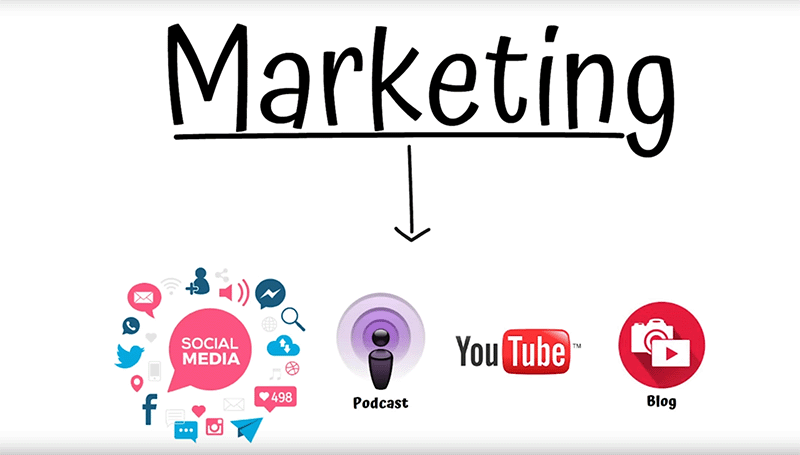Understanding your market and targeting specific consumer segments can be the key to success in business. Here are five popular market segmentation examples to consider when creating your marketing plan.
Market segmentation refers to the process of analyzing markets by dividing them into segments based on specific criteria, such as geographic location, demographic factors (age and gender), psychographic factors (personality and lifestyle), or behavioural factors (what buyers actually do).
The popular market segmentation examples discussed in this blog post will help you determine which market segments might be best for you to target in your marketing campaigns.
How Market Segments Are Used in Marketing Strategy
Companies that understand market segments can prove themselves to be effective marketers while earning a greater return on their investment from their campaigns. Market segmentation is an important component of any successful marketing campaign. When choosing the right approach, companies should look at the underlying needs and goals of the target audience before deciding which strategy will work best.
Here are 5 common types of marketing strategies using market segments:
Geographic Segmentation Example
Targeting based on people who live in specific regions, such as cities or states.
Geographic segmentation focuses on different regions or countries and is often used by businesses looking to expand their reach. For instance, a company may first focus on the United States before branching out into other parts of North America. Geographic segmentation can also be done by dividing up countries based on location, such as the east coast, west coast, and southern states in the U.S.
Example: When marketing services or products only available within certain geographies, campaigns can be tailored to target only those prospective buyers who those products and services can cater to. This would result in a more efficient spend of budget and as such higher ROI from the campaign.
Demographic Segmentation Example
People with certain demographic traits, such as age, gender, and ethnicity.
Demographic segmentation is one of the most common and effective ways marketers target a specific group of consumers. A demographic is any group of people with certain shared characteristics, such as gender, age, education level, and family size. Targeting a demographic can be very beneficial because when marketers know who their target audience is they can put together an advertising campaign that resonates with them.
Example: A company targeting a younger demographic might do well by advertising on social media sites frequented by young adults. Ad campaigns can be tailored to only deliver your advertising specific age groups so that you are only reaching the intended audience.
Psychographic Segmentation Example
People with shared psychological and lifestyle traits.
Psychographic segmentation is a form of marketing that identifies groups of people who share similar values, interests, and behaviors. The goal is to develop messaging that will resonate with these segments in order to better connect with them. This type of targeting is often used by companies looking to reach specific niche audiences and can be effective when combined with other forms of marketing such as geographic or demographic targeting.
Example: For example, marketers could find success in advertising during major sporting event aligned with their product where they know a large number of their type of potential consumers will see their ad. These individuals who are physically attending the event are more likely to see sport as a lifestyle and for it to be an integral part of their psychological values.
Behavioral Segmentation Example
People with similar habits, interests, and behaviors.
Behavioral Segmentation is a process that focuses on the behaviors of consumers, such as their needs, wants and desires. This approach is often used by businesses in order to find out what makes a consumer tick and how they will react or respond to certain marketing efforts. Behavioral segmentation can be broken down into two categories: demographic and geographic. Demographic behavior refers to the socio-economic characteristics of the individual, such as age, gender, income level, education level and household size.
Example: A company like Uber, an on-demand transportation service, might use behavioral segmentation in order to better understand the types of people who are using their service.
The company could categorize customers into three groups: corporate travellers, weekend / night-life crows and rare users who need a rare occasion like an airport trip or wedding to catch an Uber.
Knowing this information about their customer base would help Uber determine which marketing strategies would be most effective or profitable. They could create business relationships with airports then offer discounted pricing to that specific customer segment. Or they could simply tailor their EDMs to be more suitable and of interest to the behavioural group who enjoy going out more often.
To get the most out of your marketing strategy, it’s important that you understand the different types of market segments. Successful companies have been known to commonly use market segmentations in order to increase sales and customer satisfaction. Companies that understand these different types of markets can prove themselves to be effective marketers while earning a greater return on their investments.



